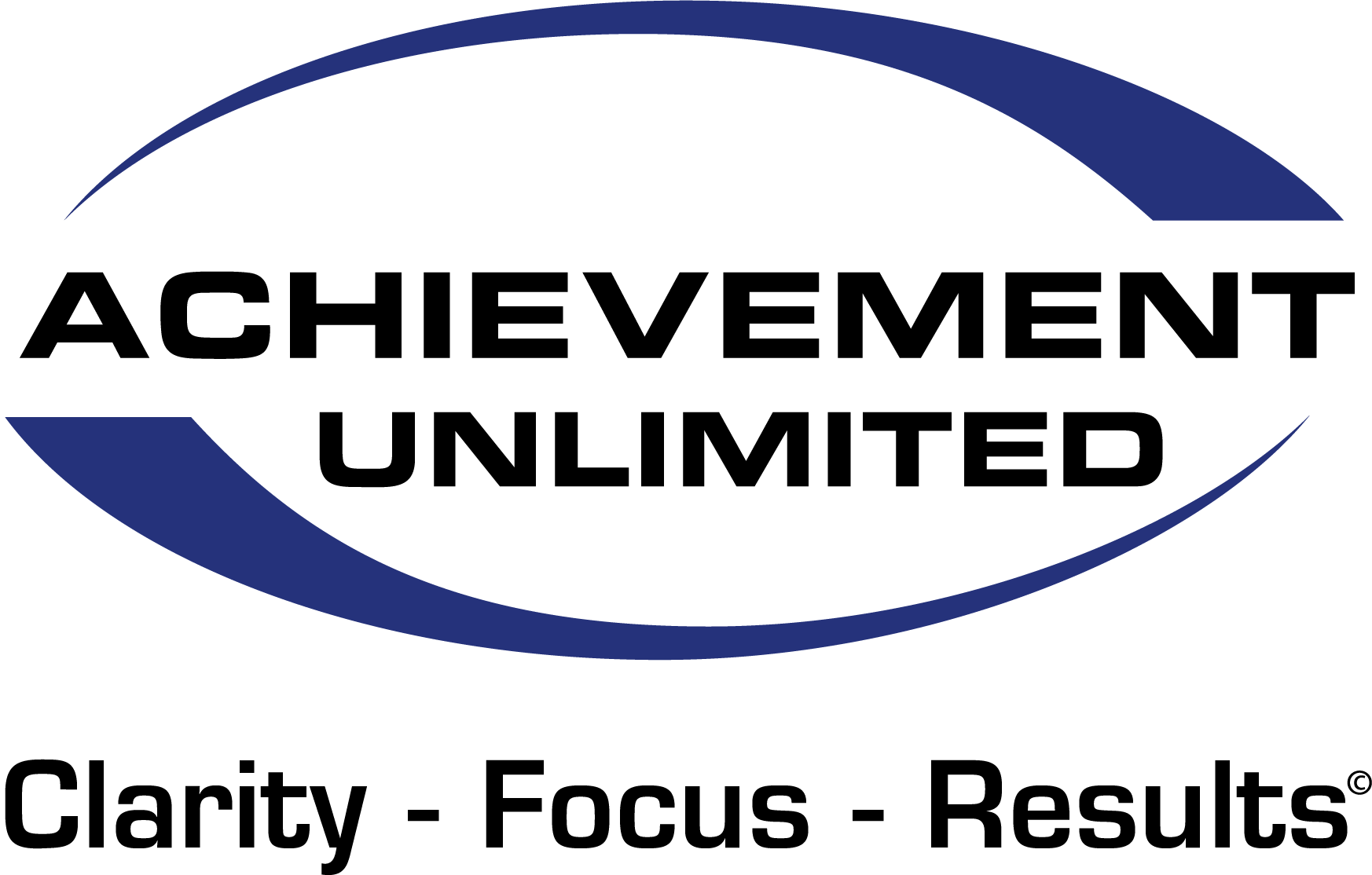Creating Leaders out of Doers.

Are you up for the Challenge? Creating Leaders out of Doers.
Every day individuals are promoted to supervisory or management positions because of their ability to get the job done. They are the best doer- the best technician, salesperson or worker bee. Great at execution, we promote them to management. If they are lucky, they get a half day workshop on ‘Everything You Need to Know’ about managing and motivating. So many leaders come to the table with their MBA’s – “Management By Accident.”
With very little knowledge or leadership training, they struggle to become successful leaders. Most of the training is on the job, hopefully learning from success and mistakes. Constantly struggling, ill prepared managers may be doomed to eventually fail or burn out.
Conversely, excellent managers and leaders are made not born. People can be developed to maximize their talents and leverage their strengths. By focusing on strengths, you can apply time, effort and energy to the areas which grow their leadership potential. With intentional training, they can become leaders who inspire others to reach their greatest potential and improve your company’s performance overall.
Ultimately, promoting from within has advantages- leaders understand the company inside out. Knowing that they work for a company that promotes from within is inspiring to the work force. They will work harder and better to distinguish themselves as leaders. And they will be less likely to leave for greener pastures if they know that they could climb the ranks right where they are- which, of course, saves time and money for you.
Let’s look at results for a moment. Do the leaders in your organization get the results that you expected from them based on their potential as doers? Are they struggling to inspire their teams to do great work? Now take a minute to look at how you prepared them for leadership roles?
If you want to improve your results, look carefully at how you are promoting and preparing your management team. Two ways that you can improve the promoting from within strategy are Mentorship and Assessments.
Mentoring relationships are an important and effective tool for growing leaders. Ideally, a mentor has practical experience as a leader in addition to knowledge of the business. Mentors can teach by example and direct conversations about their experiences as a leader including challenges and successes. They should be a source of meaningful, honest feedback and an inspiration to new or younger employees.
Assessments are valuable tools for evaluating the underlying skills and talents of your leaders or potential leadership candidates. They not only highlight the personality style of your candidate, they will help you to understand their communication style and find the right position with in your company to capitalize on their strengths.
We, at Achievement Unlimited, have the tools to assess your leader’s skills and potential in many areas. Armed with this information, you can tailor the training your team needs to address shortcomings and communication problems. With simple but detailed assessments your team can go from flat to flying in a short time. In addition, we offer mentoring and accountability groups to grow your team into leaders who win.


Recent Comments